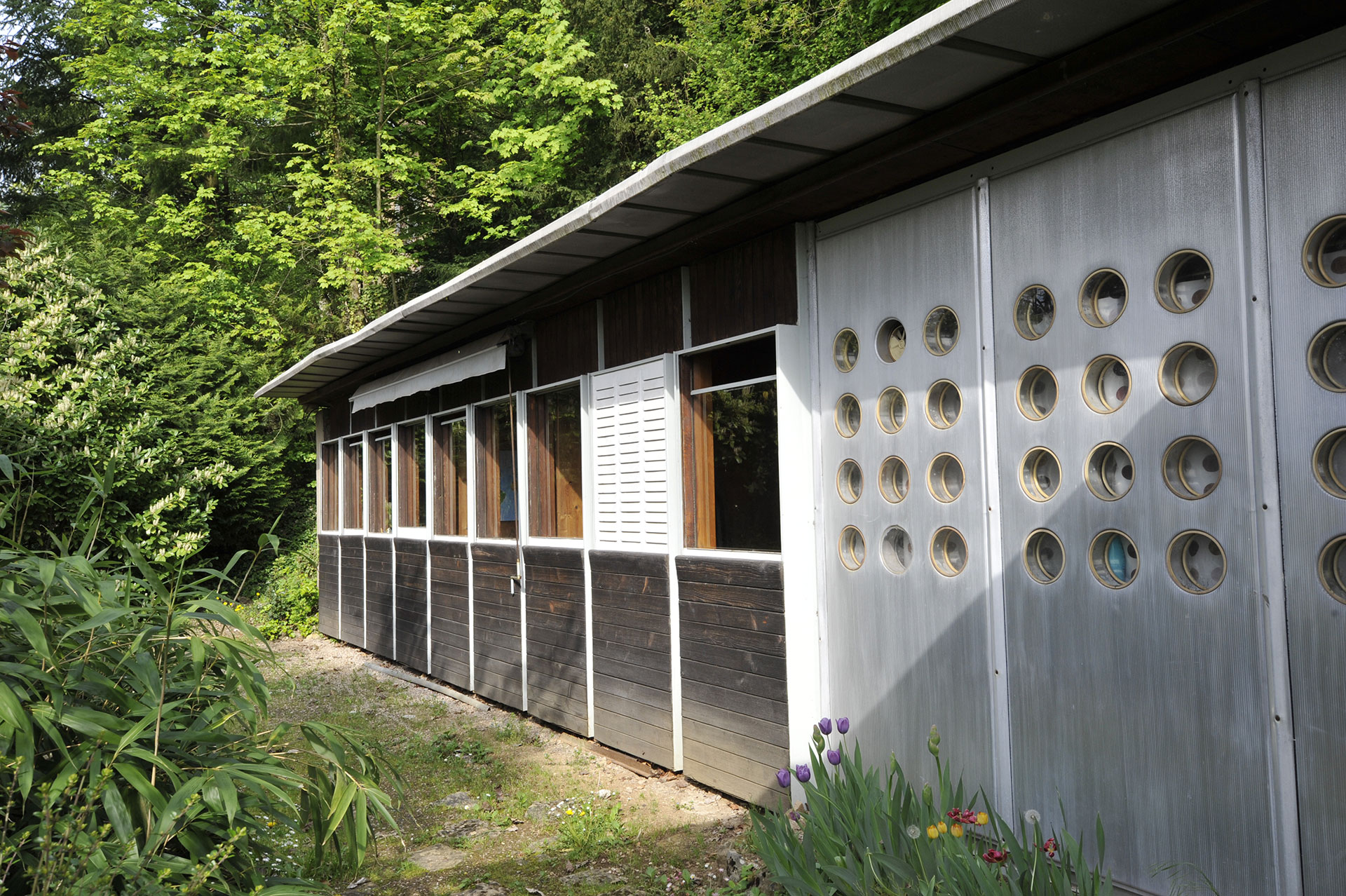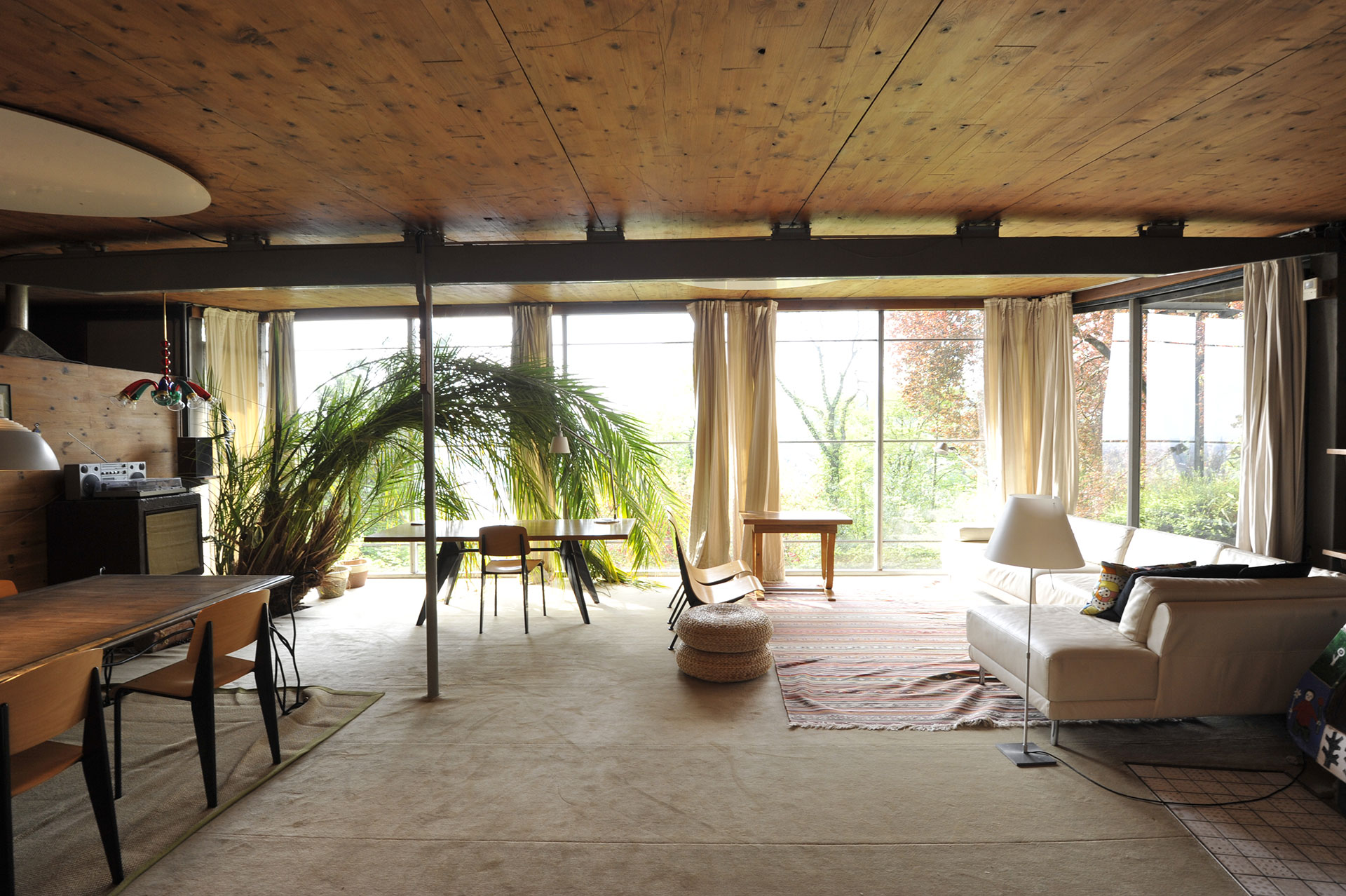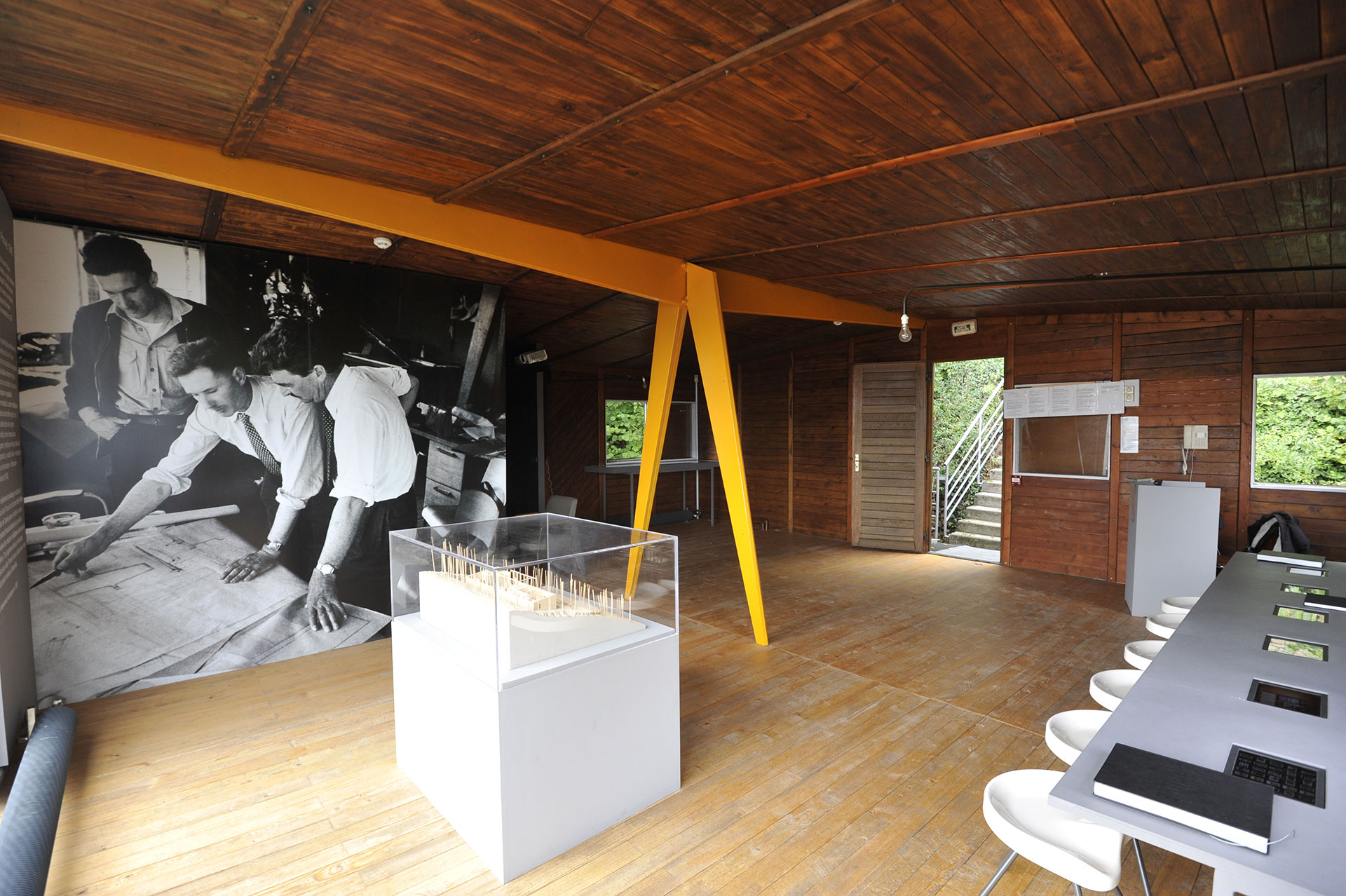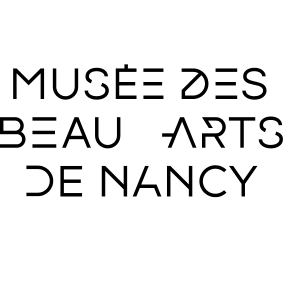The Prouvé House
Jean Prouvé’s story (1901-1984) is closely linked to the history of Nancy, where he grew up and deployed his genius as a constructor.
Practical information
Open on Saturdays from 31 May to 27 September 2025.
Free visit of the workshop and the garden on Saturdays from 2 p.m. to 5:30 p.m.
Guided tours of the house on Saturdays at 2:15 p.m., 3:15 p.m., 4:15 p.m.
Full price: €6, reduced: €4.By reservation agenda-musees-nancy.tickeasy.com from the end of April.
Maison Jean Prouvé
4-6 rue Augustin Hacquart, Nancy
Bus line 2, Alix Leclerc stop
Jean Prouvé’s House is part of the international Iconic Houses network, which includes all the iconic houses built in the 20th Century and open to the public.
The site of the Jean Prouvé house is not accessible to people with reduced mobility. Difficult access for strollers.
Jean Prouvé at the musée des Beaux-Arts de Nancy
The museum gives pride of place to the work of Jean Prouvé, an internationally-renowned builder – or constructeur as he called himself – born in Nancy. At the heart of the permanent itinerary are thirty items demonstrating his innovative construction ideas.






Jean Prouvé’s house, a 20th Century icon
Jean Prouvé’s house is a 20th Century icon for lovers of architecture and design. Built in 1954, this representative work stands on the heights of the city on a sloping plot of land that was considered inaccessible and is a fine example of Jean Prouvé’s ingenious construction principles: simple design, lightweight materials and rapid assembly. It was assembled one summer by the family, helped by a few friends, using prefabricated components. The simple, functional interior layout and sober fittings are impressively modern.
Jean Prouvé Workshops office
When, in autumn 1946, Jean Prouvé transferred his workshops to Maxéville, he began by designing his own office: a small, lightweight metal-framed pavilion measuring 8 x 8 metres. This prototype, with its axial portico, summarises his construction research for building houses in large numbers that were quick and easy to assemble. The office was saved from destruction when Jean Prouvé left the Maxéville factories: it was re-assembled in 1957, below his house in Nancy.
The house and Workshops office have been listed as Historic Monuments since 1987.
